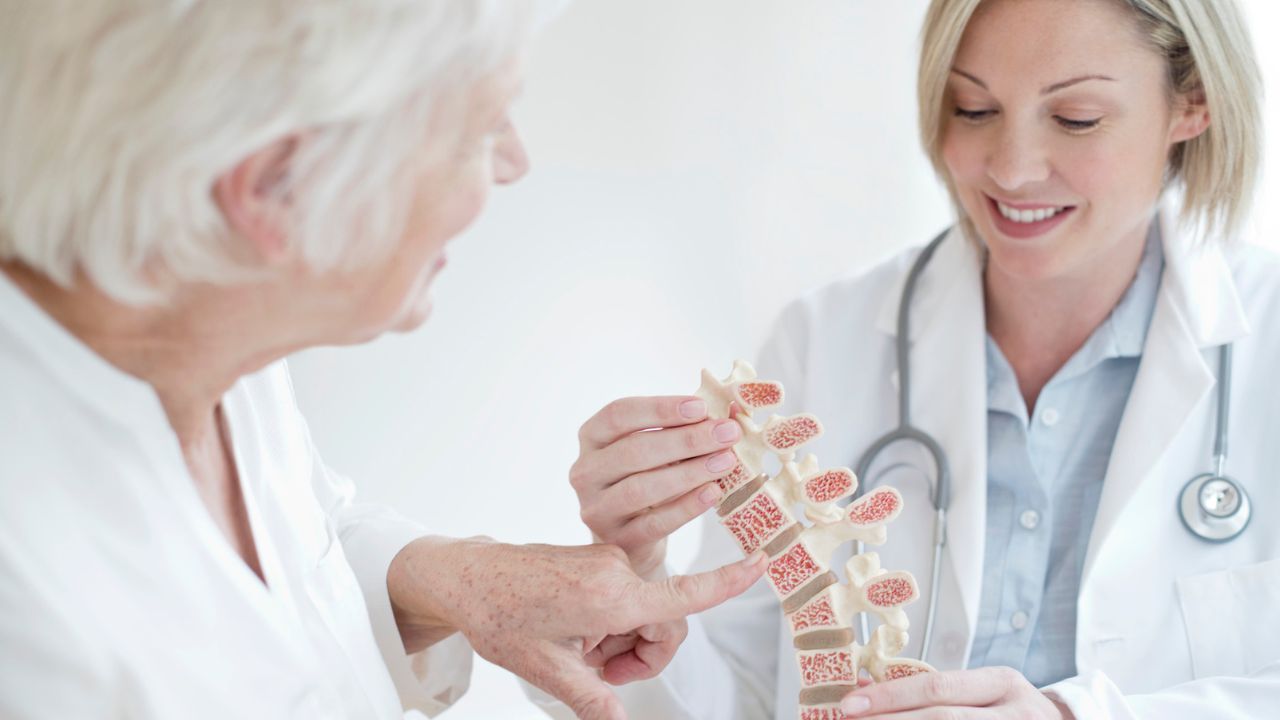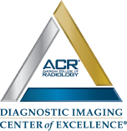Blog and News
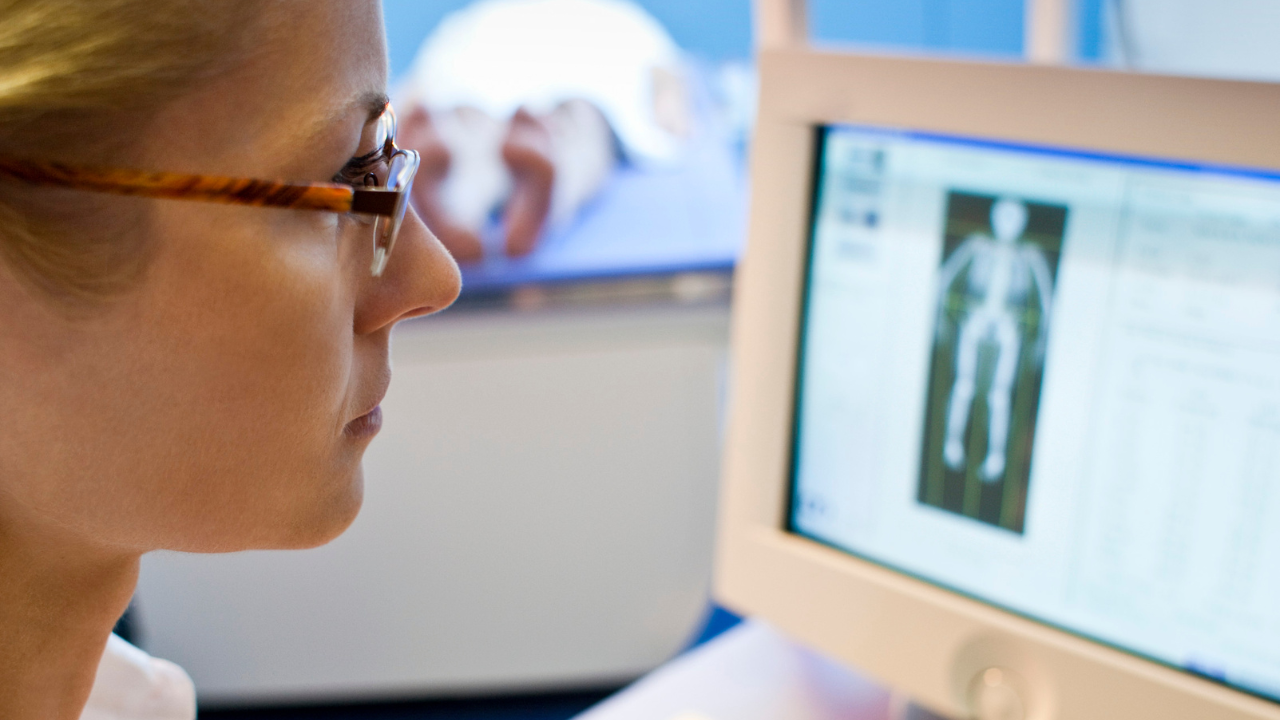
How Does A DEXA Scan Measure Bone Density?

Dual Energy X-ray Absortiometry, or DEXA scanning, is currently the most widely used method to measure bone mineral density. It has become the most widely used method for measuring bone mineral density for several reasons.
When compared with radiographic absortiometry or single energy x-ray absortiometry, DEXA scanning more precisely documents small changes in bone mass and is also more flexible since it can be used to examine both the spine and the extremities. A scan of the spine, hip or the total body requires only one, two or four minutes respectively.
Qualitative computed tomography (QCT) is the only technique that can directly measure bone density and volume but can distinguish trabecular from cortical bone. DEXA scanning is less expensive, exposes the patient to less radiation and is more sensitive and accurate at measuring subtle changes in bone density over time or in response to drug therapy than is QCT.
Studies using DEXA scanning have shown that people with osteoporosis have substantially lower bone density measurements than normal, age-matched people. Bone mineral density is widely accepted as a good indicator of bone strength.
A DEXA scanner is a machine that produces two X-ray beams, each with different energy levels. One beam is high energy while the other is low energy. The amount of X-rays that pass through the bone is measured for each beam. This will vary depending on the thickness of the bone. Based on the difference between the two beams, the bone density can be measured.
A DEXA scan report compares the patient’s bone mineral density values with those of young normal patient (T score) and with age matched normal patient (Z score). By comparing a patient’s bone density against there peers, a low score indicates there may be a reason other than age related bone loss.
At present, DEXA scanning focuses on two main areas — the hip and spine. Although osteoporosis involves the whole body, measurements of BMD at one site can be predictive of fractures at other sites. Scanning generally takes 10 to 20 minutes to complete and is painless and noninvasive.
If your physician has ordered a bone density test or DEXA scan, consider Fox Valley Imaging for the procedure. Our clean, modern facility is easy to find, has plenty of parking and our technicians and radiologist have extensive experience and a kind bedside manner. Call us at (630) 416-1300 to schedule an appointment.
Recent Posts
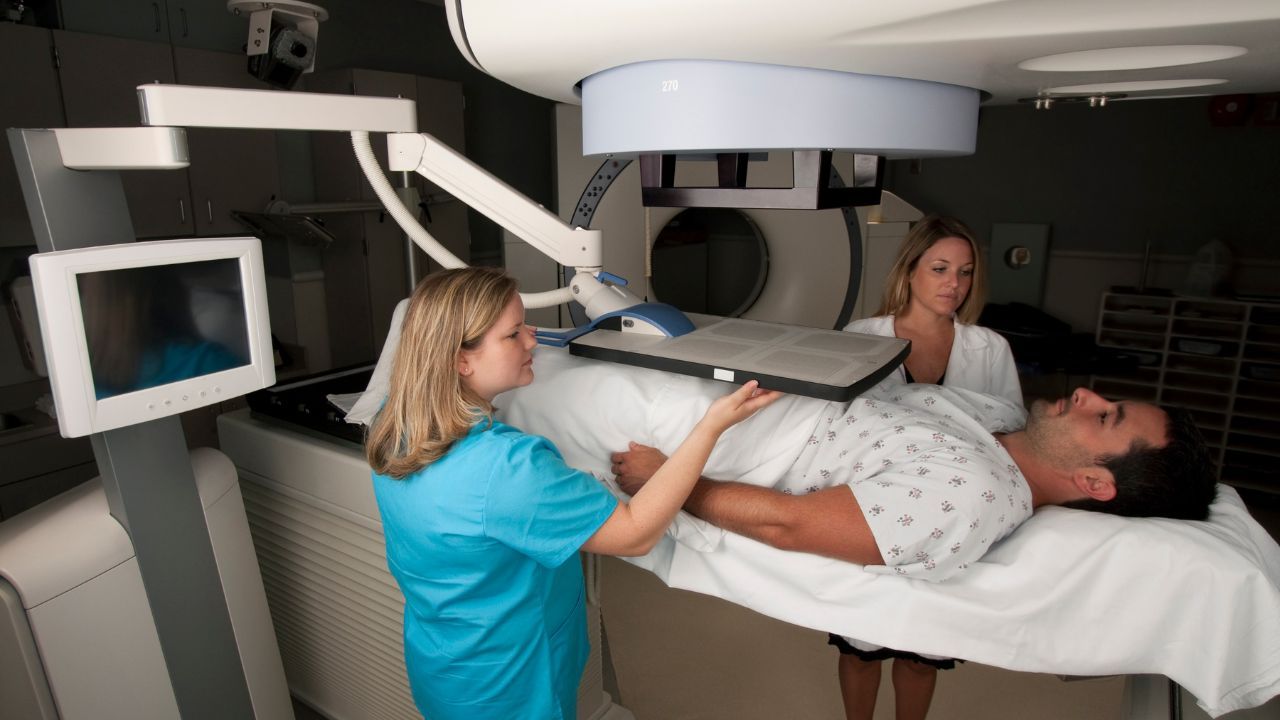
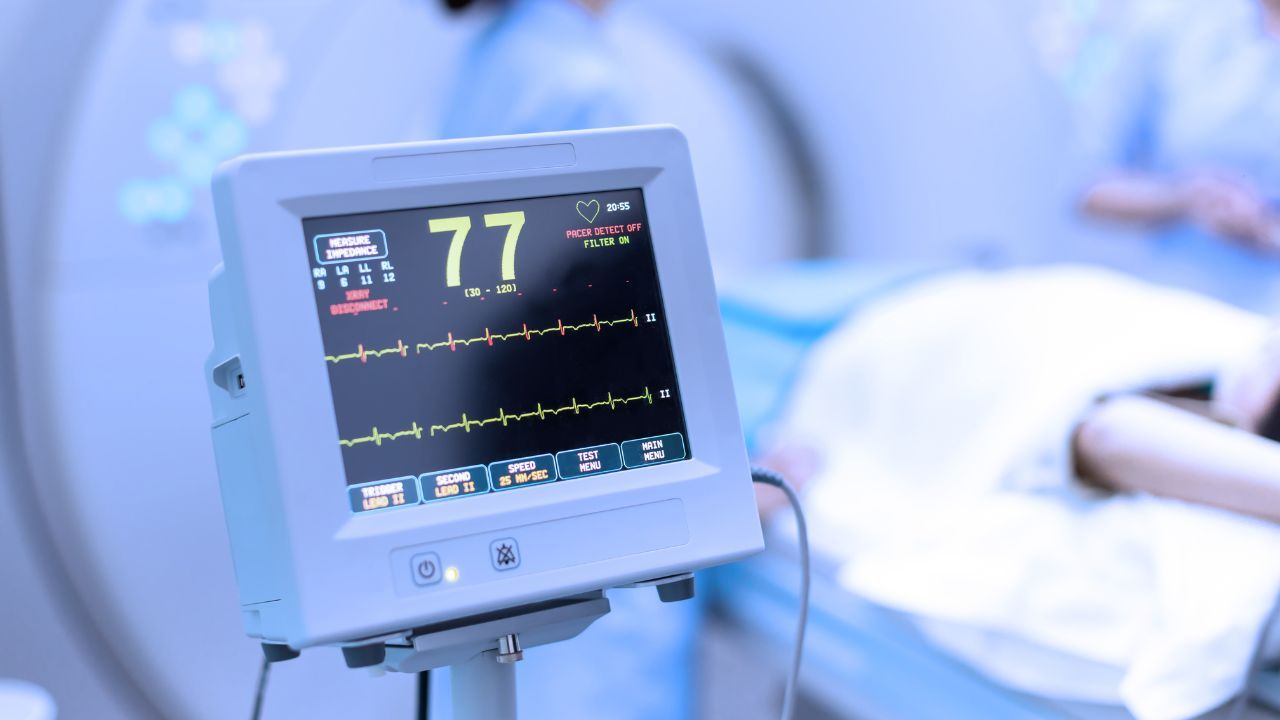

Services
Contact Details
Address: 1971 Gowdey Road,
Naperville, IL 60563
Phone: 630-416-1300
Fax:
630-416-1511
Email: info@foxvalleyimaging.com
© Copyright 2023 Fox Valley Imaging, Inc..


